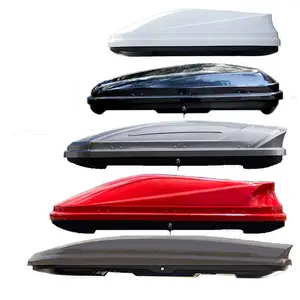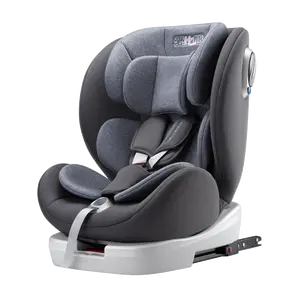Popular in your industry
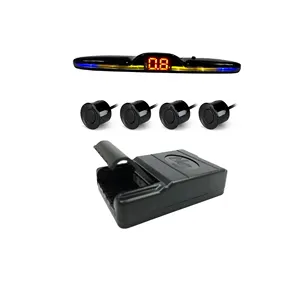







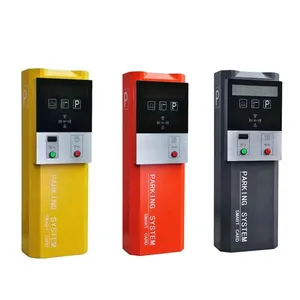

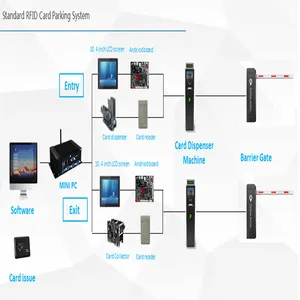










































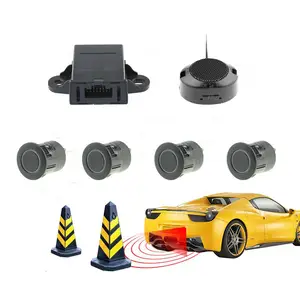
















Related Searches:






















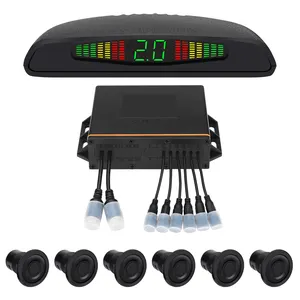










































































































Top categories
About car side parking sensor
A car side parking sensor is a sophisticated driver aid designed to warn motorists of potential obstacles during parking maneuvers. This innovation bolsters both safety and convenience, especially in compact parking spots. A car side parking sensor typically integrates with a vehicle's onboard system to deliver instantaneous auditory or visual alerts to avert collisions.
Types and Characteristics of Car Side Parking Sensors
Car side parking sensors come in various technological forms. Ultrasonic sensors employ sound waves to detect objects and are known for their consistent performance under different conditions. Electromagnetic sensors generate a protective electromagnetic field around the car, identifying obstructions as they penetrate this zone. Radar-based sensors, utilizing radio waves, excel at greater distances and are frequently paired with camera systems for an all-encompassing perspective. Each variant offers distinct advantages, such as the ultrasonic sensor's precision at close quarters, the electromagnetic sensor's streamlined aesthetic, and the radar sensor's robustness in adverse weather. The selection among these types hinges on the vehicle's specific requirements and the driver's personal preference. For example, ultrasonic sensors are well-suited for urban environments with cramped parking, whereas radar-based sensors may be the choice for larger vehicles needing a wider detection scope.
Structure and Operation of Car Side Parking Sensors
The architecture of a car side parking sensor system is complex, encompassing a central control unit that interprets data, sensors that pinpoint obstacles, and a feedback mechanism, such as a visual display or auditory signal. Sensors are strategically positioned around the vehicle's perimeter. Upon activation, they emit signals that reflect off nearby surfaces and return to the sensor. The control unit then assesses the distance by measuring the signal's return time and notifies the driver accordingly. This instantaneous process furnishes the driver with immediate feedback, enabling precise vehicle maneuvering.
Materials and Properties
The materials chosen for car side parking sensors prioritize durability and functionality. Sensors typically feature a high-impact ABS plastic casing, which withstands various weather and road conditions. Internally, components may utilize metals like aluminum for heat dispersion or copper for electrical connections. These material selections ensure the sensors are not only lightweight and cost-efficient but also robust enough to endure physical shocks and environmental elements. Additionally, the materials are selected for their anti-corrosive qualities, guaranteeing long-term sensor operation even in climates with severe weather or high road-salt usage.
Business Usages and Applications
In the business realm, car side parking sensors prove indispensable. Delivery firms employ them to curtail the risk of damage amidst frequent stops. Car rental companies install these sensors to diminish the chances of damage caused by customers. On construction sites, heavy machinery fitted with these sensors can avert accidents in congested areas. These applications not only save on repair costs but also elevate safety standards and operational efficiency. In cityscapes, taxi services and ride-sharing fleets utilize sensors to deftly navigate busy streets and snug parking spots, safeguarding passenger well-being and vehicle condition. For enterprises that depend on maintaining a flawless appearance for luxury or professional vehicles, such as limousine services, parking sensors are crucial in preserving the vehicle's aesthetic allure.
Functions and Tasks
The principal role of a car side parking sensor is to aid in identifying objects that fall outside the driver's line of sight. They offer vital proximity data, which is particularly beneficial for larger vehicles with significant blind spots. Certain sensors are integrated with automated parking systems, allowing for near-autonomous parking with minimal driver intervention. They also serve as a safety mechanism, alerting drivers to pedestrians or small items that might otherwise be missed. Additionally, the sensors can be connected to the vehicle's navigation system, offering live updates on parking availability and aiding in route planning to circumvent congested zones.
Features and Unique Selling Points
Key attributes of car side parking sensors include diverse detection ranges, with some models capable of sensing objects at considerable distances. Advanced versions provide visual displays that graphically depict the vehicle's surroundings. Unique selling propositions may encompass the integration of intelligent technology, which allows for updates and personalization, and compatibility with various in-car systems, distinguishing them from rival products. Some sensors are crafted to be discreet, merging seamlessly with the vehicle's exterior, while others boast anti-theft features, securing the system's safety.
Benefits and Positive Outcomes
The advantages of car side parking sensors are numerous. They markedly diminish the incidence of parking mishaps, thereby reducing repair expenses and preserving the vehicle's visual appeal. For drivers, they provide a sense of security and alleviate the anxiety associated with navigating narrow parking areas. The sensors also play a role in protecting pedestrians, as they enable drivers to notice individuals around the vehicle that might otherwise be undetected. For companies, incorporating these sensors can lead to less downtime due to vehicle repairs, ensuring that fleets remain operational and efficient. Furthermore, the adoption of parking sensors can bolster a company's reputation for prioritizing safety and embracing innovation.
How to Choose the Right Car Side Parking Sensor?
Choosing the appropriate car side parking sensor entails evaluating the detection method that best fits your driving environment, ensuring compatibility with your vehicle's make and model, and deciding on the preferred feedback mechanism. It's also prudent to consider the sensor's range and whether additional functionalities like night vision are essential for your regular driving scenarios. The aesthetic integration of the sensors with the vehicle's design may also be a factor for those who prefer not to significantly alter the vehicle's appearance.
How to Install Car Side Parking Sensors?
The installation of a car side parking sensor demands meticulous planning and accuracy. The sensors must be evenly distributed and mounted at the height specified by the manufacturer to guarantee precise detection. Wiring should be carefully routed to prevent exposure to harsh elements and potential damage. Calibration is essential to ensure the system delivers accurate alerts. Professional installation is often recommended to circumvent any complications with the vehicle's electrical system or the sensor's performance.
How to Maintain Car Side Parking Sensors?
Maintaining car side parking sensors is relatively simple. Routine cleaning with a soft cloth to eliminate dirt and debris will maintain optimal functionality. It's important to avoid abrasive chemicals that could harm the sensor's surface. Regular system inspections, ideally by a professional, can preserve the system's precision and dependability. Should a malfunction arise, it is crucial to seek a technician's expertise to address and rectify any issues without impairing the system's integrity.

